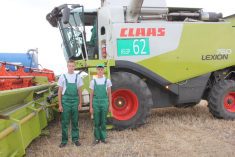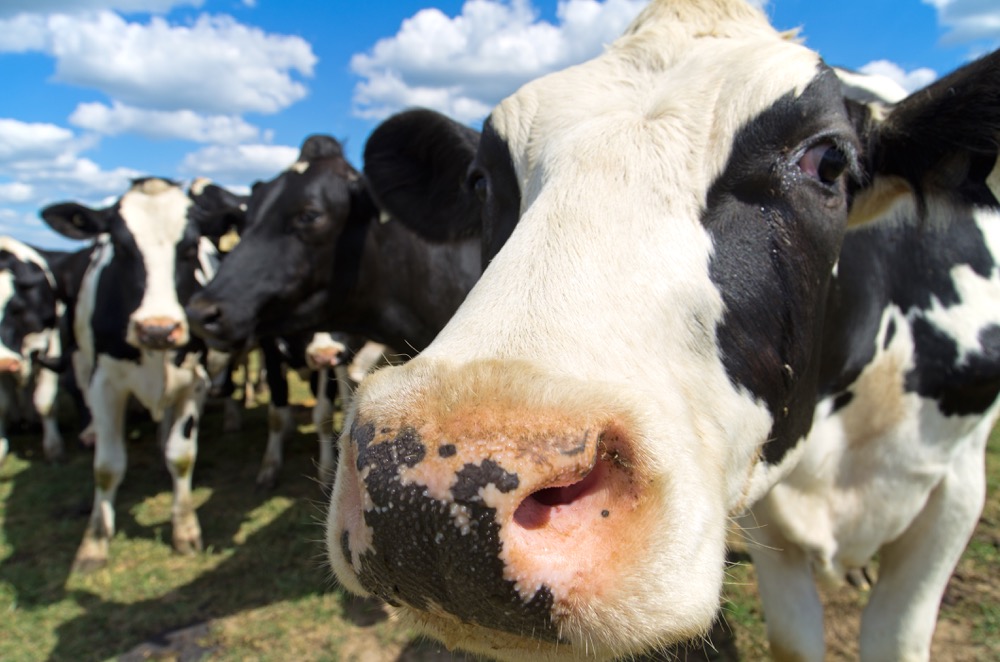I still spend a lot of time in airports and love to use that time to read interesting stories on people, places, politics, science, and technology. It brings to light all that is possible in our world.
A little writeup caught my eye in regards to human waste which is a growing problem. In many countries in which I have travelled, waste is abundant and in open sewers that run past food stalls, homes and schools. Yet governments in developed and developing countries have the opportunity to invest in technology or infrastructure to start addressing the human waste dilemma and implement solutions.
Read Also

Guarding against misinformation: Do you believe in house hippos?
Misinformation and disinformation run rampant in today’s digital age. Farmers must be wary of the digital dangers and know how to keep themselves safe.
New technology has been introduced that converts human waste into fuel through hydrothermal liquefaction (HTL) or as we know it in laymen’s terms, pressure cooking. The process has been used before on other biomass such as food waste, which fuels city trucks in urban areas such as Calgary, and in methane capture, which is used as a fuel in Edmonton.
For the purpose of our discussion today, the biomass is human waste turned into crude oil and then processed into other fuels such as jet fuel, gas, or diesel fuel. It is a proven technology and process but, until this decade, very few governments wanted to dirty their hands in converting human waste.
Metro Vancouver will install the first human sewage HTL plant in Canada as part of its sustainability effort. The process subjects raw human sewage to pressures of 3,000 psi before cooking at 660 F. The city will incorporate the HTL technology as it moves toward zero waste, zero odour (which has been accomplished in Europe), and zero residue. The city views the technology as a cost saving as there will be a massive decrease in waste water treatment.
- More with Brenda Schoepp: In the quest for ever-more production, have we lost our way?
Human waste is already used, in part, in Grand Junction, Colorado to create biomethane, also known as renewable natural gas. This fuels the city’s fleet of 40 service trucks. A success story also comes out of Kenya where the city of Nairobi was fighting with the ‘flying toilet’ problem of human waste thrown out of the window in a bag because of the lack of facilities for the 2.4 million persons living in slums. A non-profit began by creating a “bio centre” in the slum of Kibera — a building with public toilets and disposal facilities for human waste with a biodigester that produces biogas to be used for heat and power.
South Korea has developed a waterless toilet that uses waste as fuel. It is also tied to a phone app. This will determine a value to waste and your contribution can be traded for real or digital currency. (Wouldn’t this make an interesting social experiment model for equal distribution of government funds?)
The way I see it, this sort of technology is really taking an abundant resource and creating fuel that takes thousands of years to produce in nature. Is this our newest disruptive technology? How do we protect it going forward so it is not buried by resource industries? Will it be enough and how will we offset potential economic impacts?
There is more to manure than meets the eye (and nose).
Jalila Essaïdi is a Dutch designer from Eindhoven who has taken cow manure and made beautiful fabrics. The material, which she named Mestic, incorporates cow manure to create a degradable bioplastic. It is soft, flowing material and very strong. (Watch a pair of YouTube videos at www.youtube.com by searching for ‘mestic dress’ and ‘mestic.’) The global Swedish retailer H&M will start carrying the manure-based clothes and also has an interest in clothes made from grape skin leather. (We had explored grape skin flour in an earlier column.)
Manure has many applications and as a base for bioplastic can be adjusted from super strong to quickly biodegradable. It has become a design superstar and made appearances in Milan from furniture to flooring.
Manure and waste have long been used for fertilizer, energy, and fuel, but the refinement in technologies allows societies to address two very pressing issues: handling human waste and the expense of fossil fuels.
How we transport our new-found fuel is still an infrastructure challenge, but the fact that we can use both human and animal waste for multiple purposes is encouraging. Essaïdi says “manure is gold” and with the new technologies of the day we can start to imagine all that is possible.















